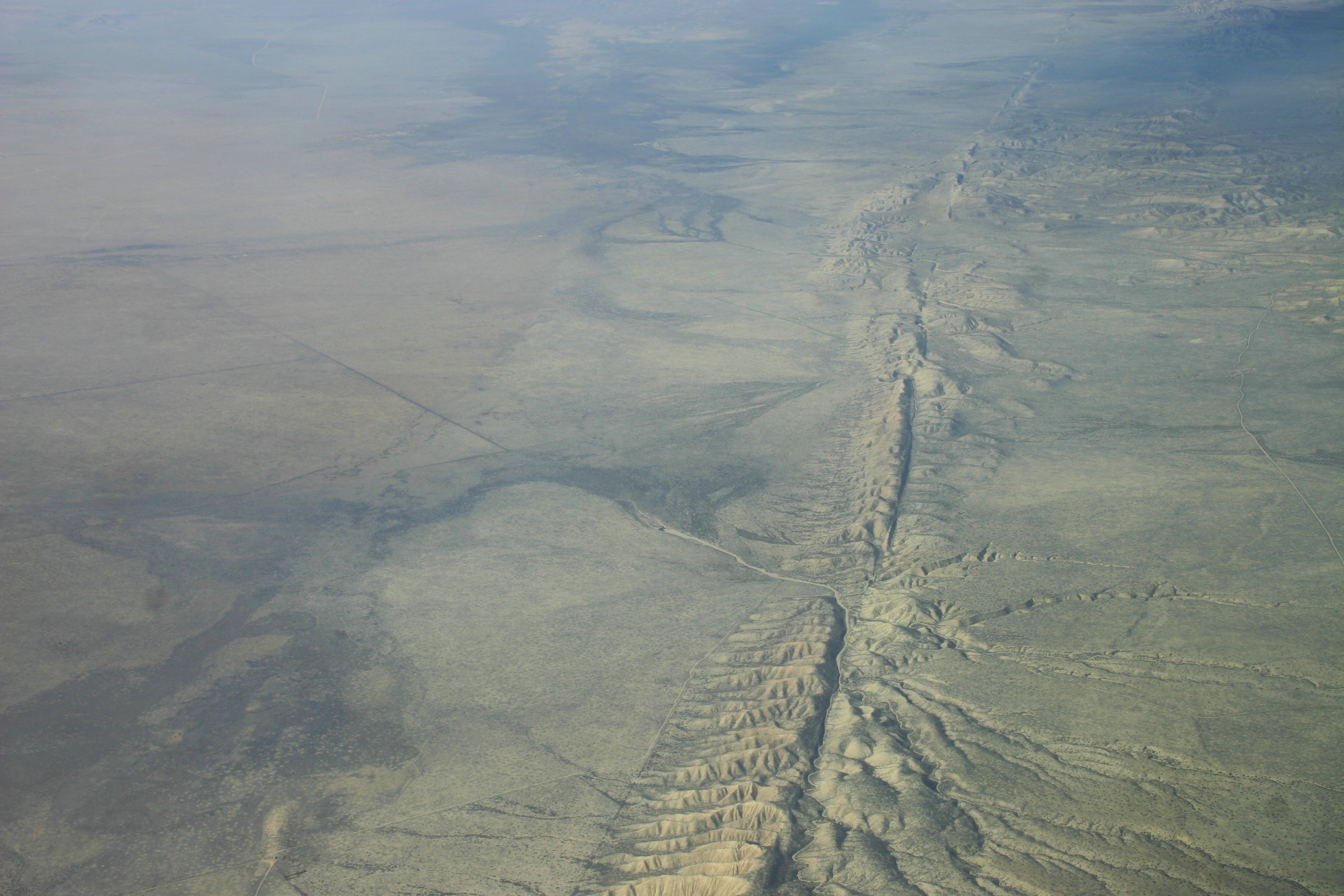Geologists in Southern California made a discovery that has rattled earthquake models and tectonic theories: there’s a new fault line running parallel to the San Andreas. Located in a shallow, inland region of the Salton Sea to the west of the San Andreas Fault, the new fault is now known as the Salton Tough Fault.
Salton Tough was discovered by researchers at the University of California San Diego, in cooperation with the Nevada Seismological Laboratory at the University of Nevada. While no earthquakes have been detected on the new fault, scientists believe that it may have helped absorb some of the shocks caused by San Andreas. The southern end of San Andreas has not recorded any major tremors in the last 300 years. The Salton Tough Fault is underwater, which explains why earlier geologists missed it, PerfScience reports.
The Scripps Institution of Oceanography has suggested that an earthquake may be possible in the region, as the San Andreas Fault is already a high-risk feature.
More studies need to be conducted to determine the full possibilities the new fault poses, which includes earthquakes in the southern California area.
Slight tremors have been detected in the southern end of the San Andreas Fault recently, which geologists say could be linked to more intense quakes in the near future. San Andreas is the longest fault line in California, capable of unleashing over magnitude-7 earthquakes every 200 or so years, according to the study.
Nevada State Seismologist Graham Kent, a co-author on the study and former scientist with Scripps, said, “Based on the deformation patterns, this new fault has accommodated some of the strain from the larger San Andreas system, so without having a record of past earthquakes from this new fault, it’s really difficult to determine whether this fault interacts with the southern San Andreas Fault at depth or in time.”
Valerie Sahakian, author on the study, said that finding new faults helps scientists predict geological movements, allowing the public to be better prepared. “To aid in accurately assessing seismic hazard and reducing risk in a tectonically active region, it is crucial to correctly identify and locate faults before earthquakes happen,” Fox News reports.
Kent added that scientists have been puzzled over the length of time since the San Andreas Fault produced an earthquake, and may now have the answer to the question. This new fault could help scientists make more accurate geological models in studying the region for potential earthquakes.
The study was published in the Bulletin of the Seismological Society of America.
























